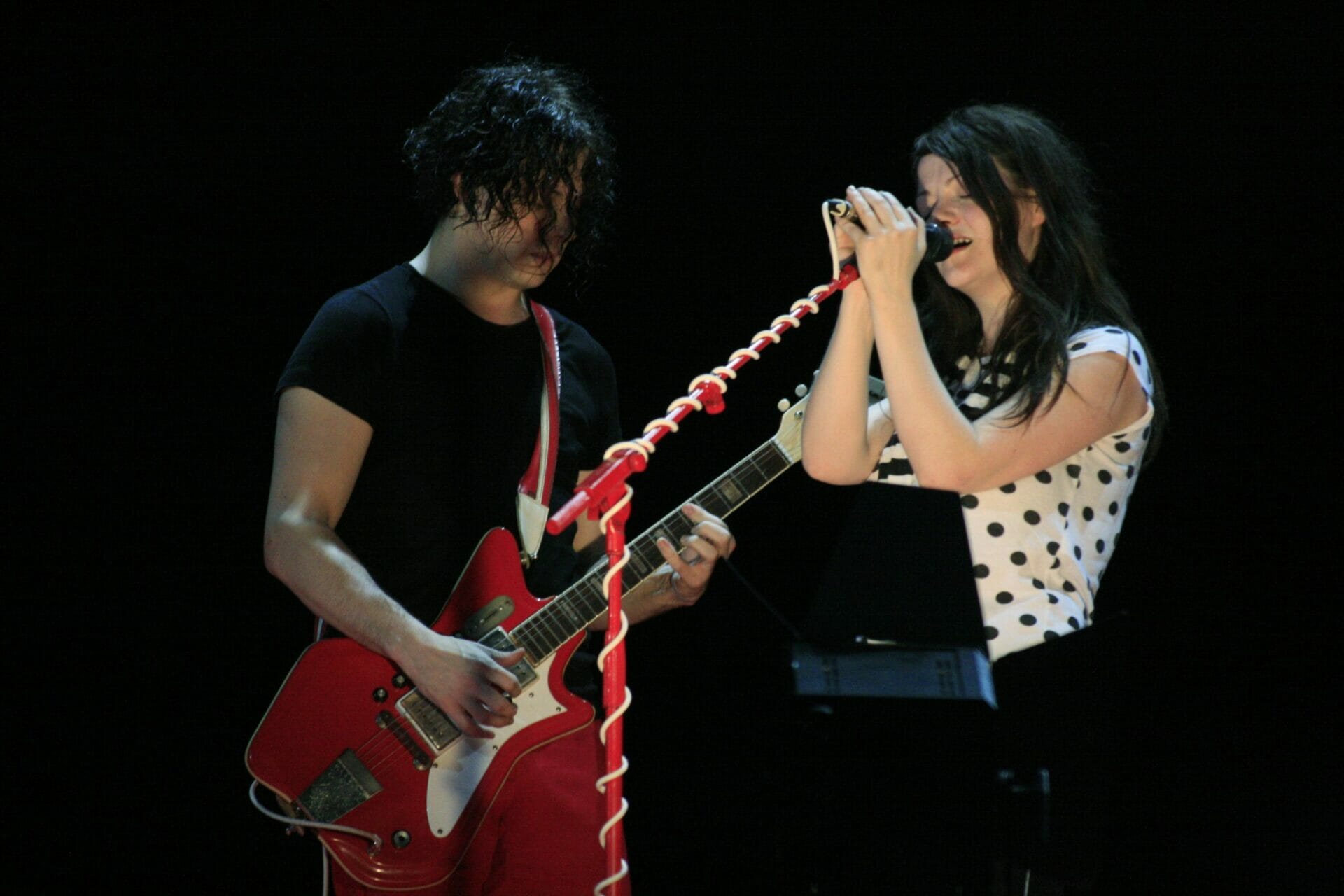
The Pesaro Altarpiece and the painting within a painting
Artist
Year
Country
Format
Material/Technique
Dimensions
The theme of Giovanni Bellini’s Pesaro Altarpiece is the Coronation of the Virgin in the presence of Saints Peter, Paul, Jerome, and Francis. Executed sometime between 1471 to 1483, it is one of the best-known early oil paintings, and the panel’s iconography symbolizes Mary’s arrival before God’s throne following her Assumption into heaven.
From an iconographic point of view, the panel adheres to the canonical representation. However, space and human figures stand out because of their organization and layout.

A kaleidoscopic effect
At the center stands a cornice guiding the viewer’s eyes towards Christ and Mary, while at the same time revealing a landscape behind them. As the concept of landscape painting as an independent genre had not yet been fully realised, so Giovanni Bellini introduced it as a painting within a painting. The artist arranged the view of a castle on a hill in the panel’s heart.
The central focus on architecture is not accidental. Several scholars have pointed out how the dominant positioning of the building could be linked to the artwork’s commission. To date, the castle remains unidentified. However, the painter and commissioner undoubtedly wanted to emphasize its importance. The architecture serves as a background to the sacred event depicted within it, and also as the painted cornice’s focal point. Its border echoes the frame of the work itself, which is still in its original state.

Visual influence over time
The illusory game of the painting within the painting and the ‘concentric frames’ that Bellini uses to deceive the viewer are still effective today, thanks to the preservation of the original frame. It was not the first of Bellini’s attempts to include the frame into the painting itself, thus tricking the viewer into a bright and immersive optical illusion. Another example is the San Giobbe Altarpiece in the Venetian church that goes by the same name. Here, the trompe-l’œil exploits the royal pilasters that frame the altarpiece. The painting fakes the opening of a niche where the Virgin sits on a throne surrounded by saints. In the Pesaro Altarpiece, the frames’ enfilade creates a telescoping effect, a stunningly effective matryoshka of paintings.
The same kaleidoscopic-style as the 2003 music video Seven Nation Army by The White Stripes. Directed by the duo Alex Courtes and Martin Fougerol, it matches the rhythm’s obsessive repetition with visual concentric shapes to generate an iconic loop.
Tag
Buy a ☕ for Hypercritic







